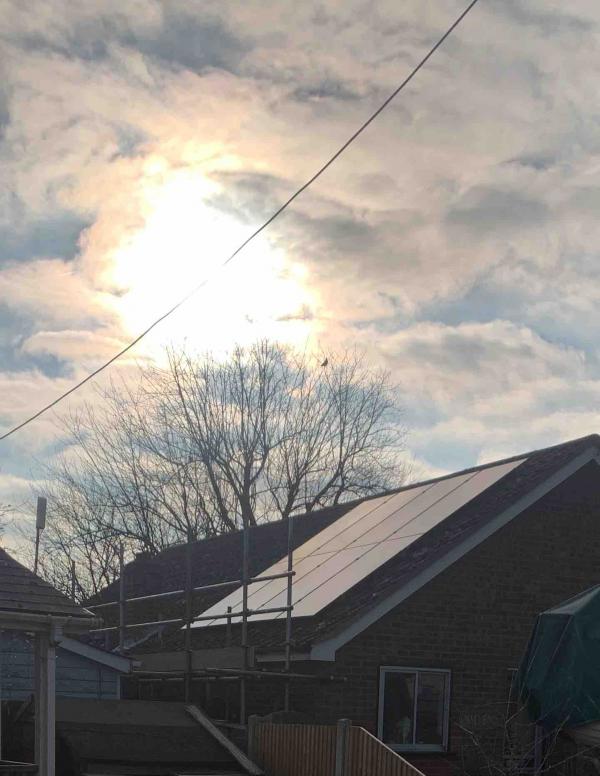| Home |
| Green Building Bible, Fourth Edition |

|
These two books are the perfect starting place to help you get to grips with one of the most vitally important aspects of our society - our homes and living environment. PLEASE NOTE: A download link for Volume 1 will be sent to you by email and Volume 2 will be sent to you by post as a book. |
Vanilla 1.0.3 is a product of Lussumo. More Information: Documentation, Community Support.


Posted By: Nick ParsonsMany are kept just under 4kW (3.8?) so that they get through under the ?G83? rule (may have changed name now) which says that systems under the relevant size (?3.8kW?) must be *notified* to the DNO, but the DNO *must* give permission. Above that size it's not always the case (for example 'near the end of the (elec) line' where allowing a few too many large arrays might necessitate equipment upgrades).As Damon says, G83 has been replaced by G98 and G59 by G99.
Posted By: WillInAberdeenNot sure how it works if you have both a PV inverter and a battery system (which also includes an inverter) - G98 would consider the sum capacity of both invertersAIUI a hybrid inverter such as Zak has seemingly been quoted for interfaces to both the PV panels and the batter(y/ies), so there's just one inverter.
Posted By: Nick Parsonsand I take it it's in part to optimise your 'shoulders-of-the-year' generationI'm intrigued Nick, what does 'shoulders-of-the-year' mean please?. I feel it should mean something to do with the guilt I feel for the environmental mess oldies like me have left for the young. My main reason for getting solar was to try and do something right, so its frustrates me that energy is capped going back to the grid but I do understand it would fry in the summer if uncapped !!
Posted By: zak99 so its frustrates me that energy is capped going back to the grid but I do understand it would fry in the summer if uncapped !!
Posted By: philedgeIm not sure how the Tigo optimisers work but the Solaredge units report individual panel performance so you can see at a glance if theres a problem with a panel/optimiser. Without individual panel reporting any faults can take hours to identify whilst potentially every panel is removed for testing. Quite possible that you could blow a significant chunk of the addtional cost of optimisers fault finding on a system without individual reporting.I was impressed by our Enphase microinverter system at the beginning of last year. Out of the blue it/they sent me an email saying two panels had faults; luckily a quick visual check showed the nature of the fault - a whole load of snow on those two panels. But still demonstrated that the system works.
Posted By: WillInAberdeenNot sure how it works if you have both a PV inverter and a battery system (which also includes an inverter) - G98 would consider the sum capacity of both inverters (s2.5).
If there's a safety system to monitor the overall combination of PV generation, battery dis/charging and home consumption and limit the net result to <3.8kW, it would have to be a quite smart system and type-tested. So it didn't end up charging the battery at times when it would be advantageous to export more; or cutting back the PV because the battery is taking up all the export capacity (for example). Might be better just to apply G99 for the PV+battery capacity, then the PV and battery can each do their own thing?
I have no experience so sorry if this is dumb! Damon do you know?
Posted By: zak99 JA Solar 370-watt panels, fitted with Tigo optimisers with a PylonTech US2000 battery system. The inverter is a Solis Hybrid 6kW Inverter.
Posted By: philedgeWithout individual panel reporting any faults can take hours to identify whilst potentially every panel is removed for testing


Posted By: jamesingramjust look into how they interact with your battery system before purchasing.
1 to 28 of 28